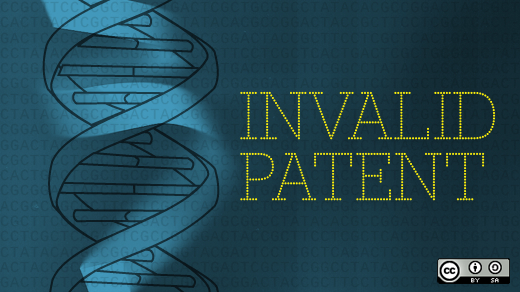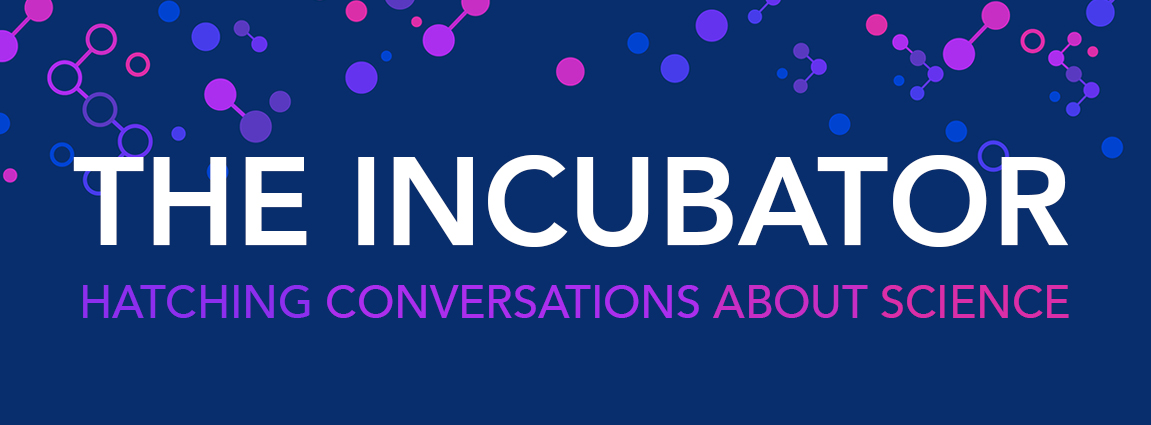Gene Patenting is a Matter of Perspective
By Gabrielle Rabinowitz, @GabrielleRab

On a typical day as a molecular biology PhD student, I combine tiny amounts of clear liquid in a small plastic tube. One of those small droplets contains several billion molecules of RNA, each one a copy of the information from a single gene. I put the tube in a machine that adjusts the temperature to the precise degree needed for the chemical reactions to occur, and I wait. An hour later, something has changed. I still can’t see anything in the clear liquid (the stuff I’m tinkering with is much too small), but something has happened. The tube now contains trillions of molecules of complementary DNA (cDNA), newly synthesized by enzymes which used the RNA as a template.
As I look at the little tube in my hand I wonder how pure the sample is, if there is enough cDNA for the sequencing machine to return good results, and what the biological implications of those results might be. I don’t usually wonder about who should own the cDNA that the enzymes just created. But a war is being fought over the right to lay claim to these molecules and others like them. The most recent battle was the Myriad Supreme Court case: a debate over the right to patent genes, both unaltered and copied from RNA into cDNA.
The key distinction in the Myriad case was the idea that some biological molecules are “naturally occurring,” while others are not – no one can patent things that just pop up on their own. After a long and imperfect deliberation, the judges decided that isolated DNA was naturally occurring and therefore unpatentable, but cDNA was fair game. So what about the trillions of cDNA molecules in my tiny plastic tube? That’s a lot of potential patents.
It’s important to keep in mind that the cDNA patents up for debate in the Myriad case were bundled up with patents for diagnostic methods, screening tests, and other medical technologies. The cDNA in question contains information about mutations that are associated with breast and ovarian cancers. So Myriad’s cDNA is clinically important, but it’s no more or less naturally occurring than the stuff in my tube. Viruses like HIV make cDNA all the time, and scientists have been mixing up enzymes with RNA to make cDNA in the lab for decades. From a purely academic standpoint, it seems that the Supreme Court didn’t go far enough in ruling gene patents invalid. It’s reasonable to argue that all biological molecules derived using naturally occurring methods should be immune from patent claims.
Of course, if such a law were truly brought to fruition, the drug companies would be in serious trouble. “Biological molecules derived using naturally occurring methods” is a pretty fair description of most of the drugs on the market today. An entire class of drugs, known as “biologics” in the industry, are just large molecules extracted from living cells. Drug companies have filed patents on these molecules for years: by one estimate 20% of the human genome is already patented by corporations. Now, cases like Myriad’s are calling these patents into question. Perhaps no one is more worried about this new trend in patent law than the patent lawyers themselves.
I recently attended a Rockefeller Biotech Forum Seminar entitled “In-Depth Look at the Myriad Supreme Court Ruling: The Impact on Researchers and Entrepreneurs Alike.” A more accurate subtitle would have been “The Impact on Patent Lawyers and their Clients.” The discussion was led by two pharmaceutical patent lawyers who presented a viewpoint quite unlike anything I had encountered in the academic echo chamber. They criticized the Myriad ruling and others that put pressure on drug companies and their lawyers to clearly distinguish their products from those of nature.
In response to a question about the requirements for diagnostic patents, one speaker grew exasperated: “Observing some natural phenomenon is not enough for you to have a patent [anymore]… You have to add something to the laws of nature. It’s an attack on the patent system and the diagnostic industry.” There were murmurs in the audience. We scientists spend our lives studying the laws of nature. We hold them in high esteem. The idea of some company holding exclusive rights to our field of study rubbed many of us the wrong way, myself included. Besides, “patenting nature itself” sounds like the plot of a (depressingly bureaucratic) comic book villain.
Things are changing, though, and the woes of the patent lawyer may be more relevant to the academic scientist than we care to admit. As Charles Davis pointed out in his recent op-ed for Al Jazeera, the current funding climate often leaves researchers (and the Universities that employ them) no choice but to push for more and more patents themselves.
Ultimately, the merit of increasing scrutiny of scientific patents in America is a matter of perspective. If you’re not a major stakeholder in the biomedical industry (sorry patent lawyers!), it’s great to see competing companies announcing plans to provide cheaper diagnostic options. Plus, it’d be nice to be able to look at yourself in the mirror and know that no one holds a patent on anything inside you.
For academic scientists, though, things are less clear-cut. From the ivory tower, the concerns of corporate patent offices can seem far away, but the ivory towers have patent offices of their own. When University lawyers come knocking, even the most noble scientists have to face these quandaries. As for myself, I’ll keep the cDNA in the tube for now, but I like the idea of one day patenting something I’ve developed in the lab. To paraphrase a friend of mine with experience in both the lab and the startup industry, if you can’t guarantee a return on your investment, how can you maintain your investment in innovation?
To hear me describe the Myriad case and the difference between isolated genes and cDNA check out the inaugural Incubator podcast. My segment starts 40 minutes in.

1 thought on “Gene Patenting is a Matter of Perspective”